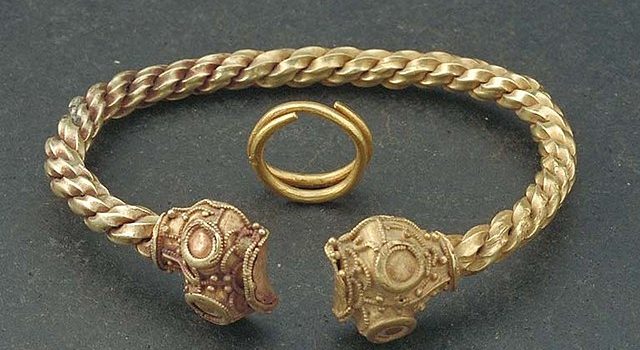Now the king will ride his eriksgata, and the men of the country will follow him and give him hostages, such that he is safe and secure, and swear this oath that was said before. And the king must promise in every country and law that he will keep all his oaths to those he swore in Uppsala when he was first made king – Magnus Eriksson’s Landslag/law of the land, 1350.

Sweden’s current king, Carl XVI Gustaf, has completed what was called Eriksgata, both when he was crowned a few times over the years and now, most recently, in 2023, when he celebrated 50 years on the throne. But for a modern monarch, an Eriksgata is symbolic of showing off to his subjects.
Although there have been those who have protested against the monarchy over the years, they have no say in the matter; it was different in the past.
At that time, an Eriksgata was simply about the king, elected on Mora Meadow, being approved by the parts of the country whose representatives were absent.
We do not know how far back Eriksgatan as a tradition stretches.
The first documented one occurred in 1335 when Magnus Eriksson set out on the journey, but Eriksgatan is mentioned by Saxo Grammaticus as early as 1200. Nor do we know why it is called Eriksgata, but at least two theories have been put forward by historians: one that ”Erik” in some way can be derived from the word ”oath” and that it refers to those who met the king on his journey swore an oath of allegiance to him, as well as the oath the king took to serve his subjects.
The second refers to Erik the Holy, as the journey started from Uppsala, and his remains were already in Magnus Eriksson’s time in Uppsala Cathedral.
In Äldre Västgötalagen from the 13th century, one can read that the Swedes could elect and depose a king. Still, his person would also be identified and confirmed by other landscapes and law sagas, where the latter was not defined as landscape but areas where the same legislation applied.

Upplandslagen mentions which regions should be visited: Södermanland, Östergötland, Tiohärad (largely Småland, with some deviations), Västergötland, Närke and Västmanland, and the journey would be made clockwise.
Under Eriksgatan, each place the king visited would provide him with hostages to ensure the approaching king and his entourage were not attacked or harmed.
One could think that this was seen as an insult by the affected regions and the law sagas, but in Old Västgötalagen, there is the story of King Ragnvald Knaphövde, who is said to have ridden Eriksgata in the years 1125 – 1126. He refused to take hostages to assure himself of safety, which angered the West Geats to the point that they beat him to death for his audacity in coming to their ting without fear:

• Tiundi war Ragnwaldær • konogær • baldær oc huxstor • reð • a • karllæpitt at vgisllædhu • oc fore þa sæwirðnigh han giorðe allum wæstgøtom • þa fek han skiæmðær døðhæ •
”The tenth* was King Ragnvald. Bold and aggressive rode (he) in Karleby without hostages. And for the deference he did to all the Västgeats, then he got a shameful death.”
In 1544, at the Parliament in Västerås, Gustav Vasa forced Sweden to have a hereditary monarchy instead of an electoral monarchy, and thus, parts of the reason for Eriksgatan disappeared.
The last king to ride Eriksgatan under the old law, without being elected, was Karl IX, who did so in the winter of 1609.
*The segment is from a list of Christian kings in early Medieval Sweden. Ragnvald was the tenth. They often ruled over small areas and were rarely long-lived.
Sources:
Källor:
Äldre Västgötalagen
Magnus Erikssons Landslag
Eriksgatan från medeltid till nutid – Lars G Holmblad
Sveriges Medeltid – Dick Harrison




